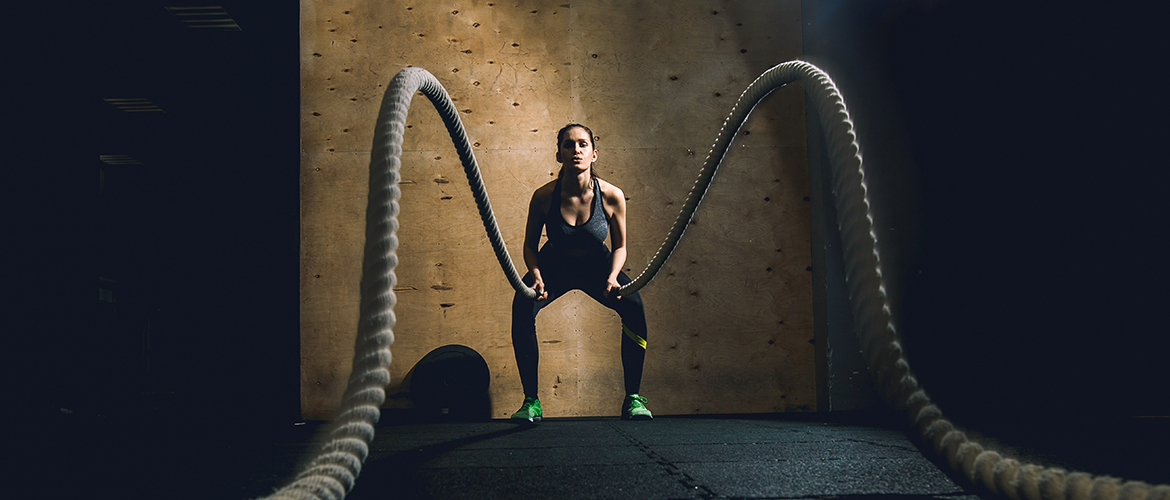Athletes, due to their rigorous physical activities and often humid environments, are particularly prone to fungal infections, especially on their feet. The most common fungal infection among athletes is fungus on feet, known as athlete’s foot, which can be uncomfortable and painful not properly managed. In this blog, we will explore the causes, prevention strategies, and effective treatments for fungal infections in athletes, focusing on athlete’s foot treatment.
Understanding Foot Fungal Infections
Foot fungal infections, commonly called athlete’s foot, are caused by a fungus that thrives in warm and moist environments. These fungi can infect the skin on the feet leading to symptoms such as itching, burning, redness and peeling skin. Athlete’s foot is highly contagious and can spread through direct contact with an infected person or by touching contaminated surfaces such as locker room floors or communal showers.
Causes and Risk Factors
Several factors increase the risk of developing a foot fungal infection in athletes:
1. Sweaty Feet: Prolonged periods of sweating create a moist environment conducive to fungal growth.
2. Tight Footwear: Wearing tight shoes or socks can trap moisture and heat, promoting fungal infections on the feet.
3. Public Areas: Using communal showers, locker rooms, and swimming pools exposes athletes to potential fungal sources.
4. Weakened Immune System: Athletes with weakened immune systems are more susceptible to infections.
Prevention strategies
Preventing fungal infections in athletes involves maintaining good foot hygiene and taking proactive measures to minimize exposure to fungi. Here are some effective strategies.
· Keep Feet Clean and Dry: Wash your feet daily with soap and water, ensuring they are thoroughly dried, especially between the toes.
· Choose Breathable Footwear: Opt for shoes made of breathable materials that allow air circulation and avoid tight-fitting shoes.
· Change Socks Regularly: Wear moisture-wicking socks and change them frequently to keep your feet dry.
· Avoid Walking Barefoot in Public Areas: Wear flip-flops or shower shoes in communal showers, locker rooms and around swimming pools to reduce the risk of infection.
· Disinfect Shoes and Equipment: Regularly clean and disinfect your shoes, socks and sports equipment to eliminate fungal spores.
Effective Athlete’s Foot Treatment
Despite taking preventative measures, fungal infections on the feet can still occur. When they do prompt and effective athlete’s foot treatment is essential to alleviate symptoms and prevent the spread of the infection.
· Over-the-Counter Antifungal Creams: For mild cases, over-the-counter antifungal creams such as Clocip Antifungal cream and Powder can be highly effective. As it has clotrimazole which helps combat fungal infection and is good for athlete’s foot treatment. Apply the cream to the affected area as directed usually twice a day for 3 weeks.
· Prescription Antifungal Medications: More severe or persistent infections may require prescription-strength antifungal medications. These can be in the form of stronger topical creams or oral medications.
· Proper Application: When using athlete’s foot fungus treatment ensure you apply the medication consistently and for the full duration recommended even if symptoms improve before completing the treatment.
· Maintain Hygiene: Continue practicing good foot hygiene during and after treatment to prevent recurrence.
· Antifungal Powders:. Clocip antifungal powder now has the goodness of Neem. These powders effectively keep feet dry creating an environment that treats fungal growth and promotes overall foot health.
Home Remedies
In addition to medical treatments, some home remedies may help manage foot fungal infections:
· Tea Tree Oil: Known for its antifungal properties, tea tree oil can be applied to the affected area. Dilute with a carrier oil to avoid skin irritation.
· Vinegar Soaks: Soaking feet in a mixture of water and vinegar may help reduce fungal growth. Use one part vinegar to two parts water.
· Garlic: Garlic has natural antifungal properties. Crush a few cloves and apply the paste to the affected area but be cautious of potential skin irritation.
When to See a Doctor
If symptoms persist despite over-the-counter treatments and home remedies or if the infection worsens it is essential to seek medical advice. A healthcare professional can prescribe stronger medications and provide guidance on managing and preventing future infections.
Fungal infections in athletes particularly athlete’s foot are common but manageable with the right prevention and treatment strategies. By maintaining good foot hygiene, using appropriate footwear and applying effective athlete’s foot fungus treatment athletes can keep their feet healthy and infection-free. Remember prompt action and consistent care are key to overcoming foot fungal infections and ensuring peak athletic performance.



